Neil Greenburg
.
Context Notes for Novatia Tryer
I had so much fun watching an in-progress showing of Julie Mayo’s Novatia Tryer this past summer! Something about the non-proscenium setup, with viewers seated in a U-shape, and the unpredictability in both pacing and kinds of events, freed me to let go of expectation and delight in just being with the work. This is a dance in which more is more, full of peaks and quiet thrills, yet – for me at least – wonderfully without conclusions. The excellent and varied dancers moved through so many different planes of performance and modes of activity that it could have been disorienting, yet I found the experience extremely orienting, helping me to relax into a way of seeing that made nuance a big deal.
Novatia Tryer. Pronounced, I’m told, “Know-va-tee-ah Try-er.” Words that Julie made up, with no pre-determined meaning, allowing each of us to fill them in with import as we see fit – just like the dance they name. Julie describes working from “an emergent premise” approach to create work that is made up of moments, and one moment/event does not necessarily arise directly out of the one preceding it. A goal is that “experiencing the piece necessitates a letting go of one’s diagnostic or logical mind.” I can confirm: this “flight from functional thinking” actually happened to me during the course of the piece. Watching in this way I began to notice the relationships between activities, puzzle pieces that don’t quite fit together yet somehow make perfect sense. Nothing is fixed, yet every new occurrence adds to the whole, interruptions included. There’s comedy in the mix, too, which Julie calls “a poultice, a saving grace.” Again: it’s fun – composed with a rate of change that was like watching popcorn popping, or a meteor shower.
I’ve followed Julie’s work for over a decade now, admiring her singular voice and approach to dance making. Novatia Tryer feels, to me, to be a breakthrough piece for her, clearly revealing the method in the madness: when you don’t know where you are, that’s when you really start to see.
Neil Greenberg, Choreographer and Teacher
October 2016
